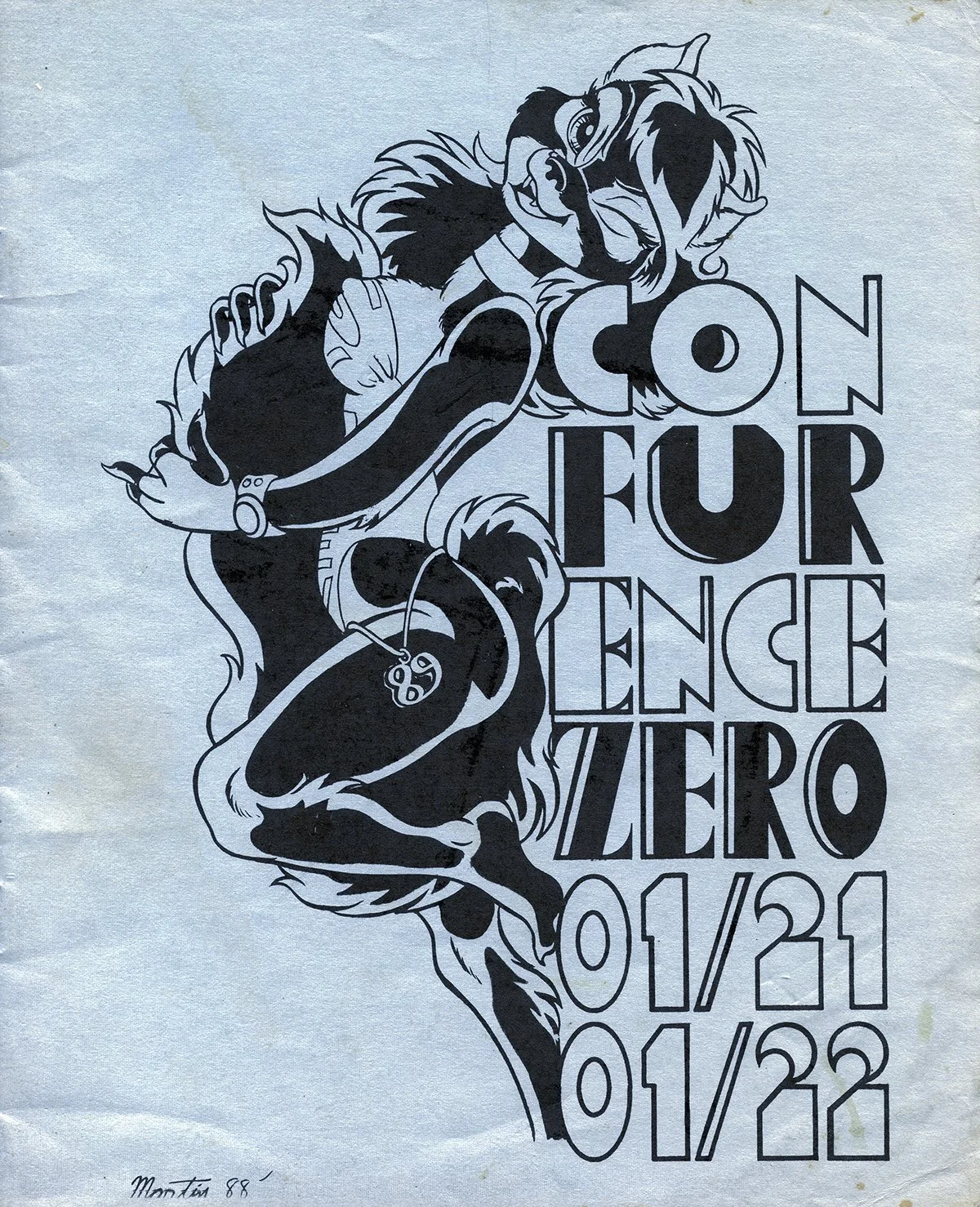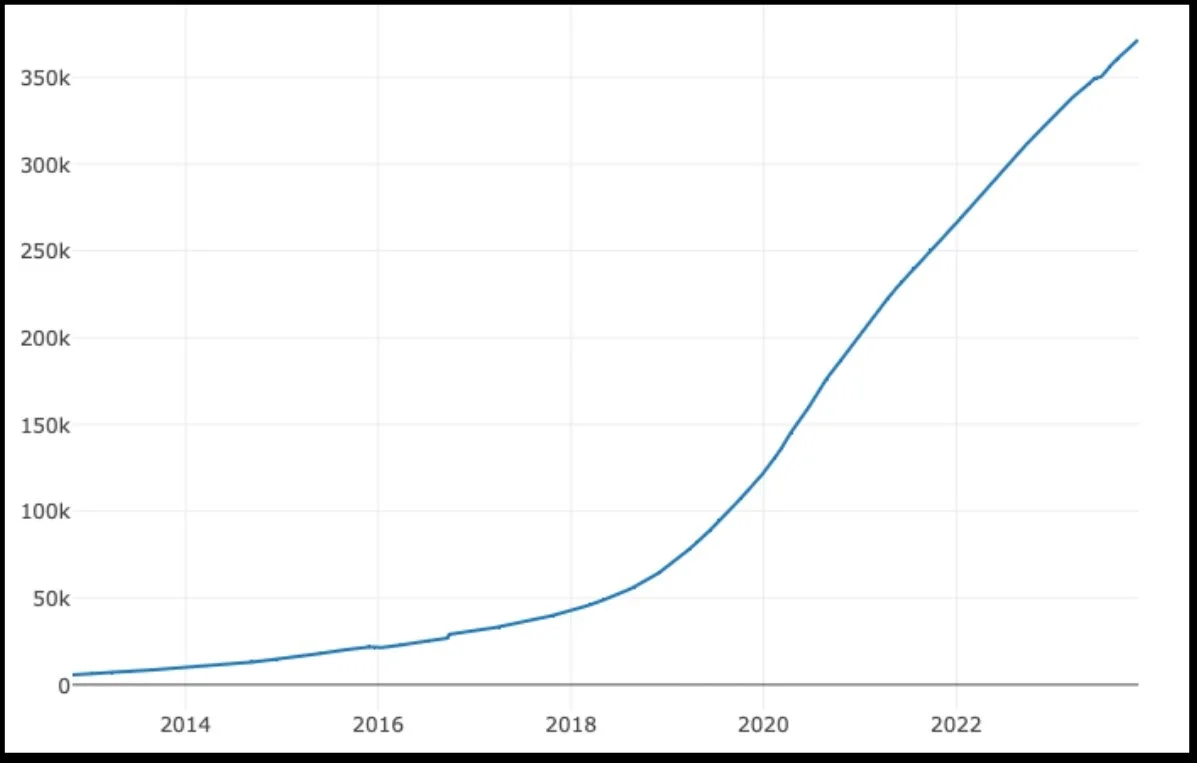
GENDER ABOLITION FUREVER: A DEEP DIVE INTO FURRIES
-
GENDER ABOLITION FUREVER: A DEEP DIVE INTO FURRIES -
Sarah Burroughs
BY
Sarah Burroughs BY
The first time that I heard about furries, I was eleven years old, at a summer camp in Colorado. I sat in a circle, with boys a year older than me, and they talked about sex. I was eleven, and knew the bare minimum: people could fuck using a penis and a vagina, anything else was immoral, and I was entirely straight. Among the topics discussed were pornography (which I learned meant the filming of sex), faggot sex (which is where two men fucked eachother in the ass, but not at the same time, because that would be difficult), dyke sex (where two women opened their legs and intersected in something called ‘scissoring’) and furries. The way that furries were described were seen as a thing that was just as perverse and disgusting as the previous topics: they were men and women, who wanted to dress up as animals, and fuck each other while pretending to be the animals they dressed as.
I filed away all of this knowledge in my prepubescent brain, knowing that I would be miles ahead of the boys back home, who had just started to learn that Santa was not real. I filed away the horrible and alien practices of these other groups, and began to focus on myself, because I had discovered that I wanted to kiss boys.
As I grew older, I immersed myself in the queer world. By eighth grade, I identified as bisexual, by ninth as gay, by tenth as non-binary, and by the end of my junior year I was a transgender woman. I started to get involved in the political workings within the queer communities: BDSM, DIY HRT, HIV, and many more acronyms. During my search for a more holistic view of the community I had embedded myself in, I stumbled across furries again.
I had seen them a few times, scattered across the internet. There were the ones on Tik Tok, that I had mocked in eighth grade. There were the ones that I listened to, like Car Seat Headrest or Mailpup. And there were the ones I had met in real life, and had become close to.
My interest was piqued again, in an effort to find a way to understand the community more - beyond the usual stereotypes. The importance of furry culture is clearly prevalent within the queer community: electronic music has found a home in the furry community, and at the end of the day, aren’t furries kinda like drag queens? And according to FurScience, around 80% of furries identified as LGBT.
The queer community has thrived since the inception of the internet: it has opened up throughlines for rural communities that don’t have a queer population. My original hypothesis was that the furry community could only survive on the internet. That there was no way that something strange on the surface could have survived in a pre-internet landscape.
Until I found out that one of the first fur-cons took place in 1989.
It was called ConFurence Zero, and took place when Mark Malino and Rod O’Riley noticed that there were people who dressed as animals attending sci-fi conferences in the bay area. They began to have “furry parties” where they would dress as animals and hang out. After a series of successful parties in the mid-80s, they set their sights on the next big thing: the very first furry convention.
Although the convention was relatively small - only 65 people attended out of the 99 that were invited - it was still a record-breaking and precedent-setting convention. It is credited with being the very first furry convention, and one of the most important things for the community at the time.
Of course, with the inception of any community, there is more than meets the eye. There are plenty of communities that are rarely represented online yet are extremely important (like the Amish), and there are plenty that are only available online (like AI). With any community or subculture, there are roots, derivatives, and source materials.
It could be argued that the furry community was created with the beginning of wearing animal pelts. That the first furries were cavemen, who wanted to be regarded as “strong like lion,” and wore animal pelts. This feels like the argument that the first whisperings of drag came from the Shakespearean age, where men would dress as women because women were not allowed to perform, which is a non-sequitur when considering modern drag.
The first version of the modern-day furry came from a set of comics that were released in the 1970s. Many furry historians think that the subculture started in animated movies, released in the 40s and 50s, that included anthropomorphized animals. While the movies had anthropomorphized animals, the comics pandered directly to the furry community.
The first “mainstream” inspiration for furries came from a 1978 comic called “Omaha” The Cat Dancer. This comic offered something much different and much more human than what was offered before - it was sexual.
I would be remiss to discuss the furry community without talking about furry porn - it is considered one of the most salacious pieces of the community, but is not the main aspect of the community like many think. With nearly any subculture (particularly identity-based ones) there is likely porn or fetishization, especially one that is as mystifying and salacious as furries are to the public. Think “shemales” or “transvestites,” or for a more recent example, “femboys.” These are all pornographic creations from what people would describe as legitimate subcultures.
Because many articles lean into the sexualized sides of furries, I want to focus on why it should be considered a part of the queer community. In actuality, furry porn is much more akin to gay porn or lesbian porn. It is a way for the people within the community to service its fans, and make money from the people both inside and outside of the community.
Fanzines as early as 1983 began to discuss the furry community, and by the mid 1990s it had sprung into pop culture. By the mid 2000s, it had begun to amass attention, and the 2008 furry convention in Pittsburgh is reported to have amassed over 5,861 attendees and created nearly 3 million dollars of revenue for the city. From its humble beginnings in zines, it grew and grew, and grew, pulling in funding and becoming a global phenomenon.The largest furry convention this year had nearly 14,000 attendees.
The furry community, like many subcultures, has benefitted from the rise of the internet.
When analyzing the number of furries in online communities, like Reddit, the stats create an interesting picture. The subreddit “R/MtF,” a subreddit primarily focused on transgender women, has 237k users. “R/Trans” has 459k. “R/Gay” has 364k, “R/LesbianActually” has 243k.
“R/Furries” has 372k.
“R/FurryIRL” has 255k.
The community’s growth has been exponential in the last five years —this graph was pulled from subredditstats.com, which tracks the growth of the “R/Furries” subreddit over time. It has managed to amass more people than the transfemme subreddit, the lesbian subreddit, and the gay subreddit.
The furry community is multifaceted. It is a huge business, between conventions, fursuit commissions, and most importantly, art. The furry community has had its pawholds in art since its inception.
Whether it was designing and creating fursuits, or the more common online fursona drawings, furries have been an art-based subculture since its inception. The connection between the growth of furry artistic expression and the growth of the furry community have been parallel, with the internet allowing furry art to spread and the furry community to increase.
The internet has yielded many amazing things for smaller communities, but due to shortening attention spans, there is a need for snappy and exciting headlines that will draw people in immediately. The furry community has given the news plenty to work with, and has led to misinformation surrounding the community. So: why do people seem to hate furries?
The easiest answer is the stigma that surrounds them. Furries are frequently profiled as sex fiends, people who have sex with animals, or people who are perverted. This is prevalent in pop culture, as seen in an episode of CSI, which portrayed furries as sex fiends and deviants, emphasizing the smaller sexual aspect of the community.
What I find so interesting about the furry community is the fact that they have done little to deserve the blatant hatred that they experience. My friends that identify as furries are some of the kindest people I have met, the communities I dove into for this paper seemed to be full of supportive, happy, people who shared a common interest.
My preconceived notions of the furry community that started as a child ultimately stemmed from my fundamental misunderstandings of queerness. As a child, I thought that there was only one option for gender, sexuality, and presentation. I thought that I would meet a nice woman, wear a suit to work every single day, and have two children (one boy and one girl). I would live somewhere with a fundamental beauty, like an everytown USA, where each lawn was preened and neat, each family was picturesque.
As I have grown up, I have now become nearly all of the things that I found repulsive as a child. I have been a gay man, a transgender woman, a non-binary individual. I have had most types of sex, with most types of people, and acted on most types of fetishes. I have learned more about the difference between gender and sexuality, the complexities of identity, and everything in between.
To be a furry is to transcend the gender spectrum in a way that cannot be achieved through reality. It is to touch the edges of gender and sexuality and to come back, learning more and more about the community and the life that you have lived. To be a furry is to exist in a genderless space, one where you can be anything or anyone. To be a furry, in my eyes, is to be truly free.


